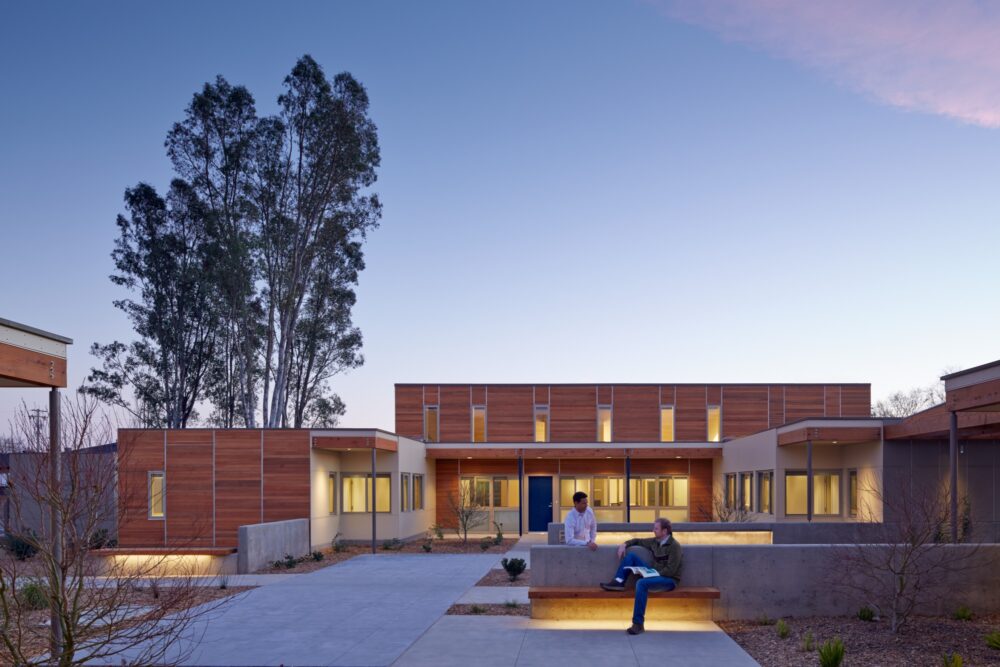Universal design is a concept that involves designing products and environments that are inclusive and accessible for people of all abilities. In the context of housing, universal design means creating homes that are safe and comfortable for everyone, regardless of their age, size, ability, or mobility. By incorporating universal design principles into the construction of homes, we can create a more inclusive and accessible society that benefits everyone.
What is Universal Design?
Universal design is an approach to design that aims to create products and environments that are usable by everyone, without the need for adaptation or specialized design. The concept originated in the field of architecture and was initially focused on creating buildings that were accessible to people with disabilities. However, it has since evolved to encompass a wider range of design considerations, including safety, usability, and comfort.
Universal design principles can be applied to many different types of products and environments, including homes, workplaces, public spaces, and transportation. In the context of housing, universal design means creating homes that are safe and comfortable for people of all ages and abilities, from young children to elderly adults.
The Benefits of Universal Design
There are many benefits to incorporating universal design principles into the construction of homes. One of the most significant benefits is that it creates a more inclusive and accessible society. When homes are designed with universal design in mind, they are more welcoming to people with disabilities, older adults, and families with young children. This, in turn, promotes social inclusion and helps to reduce stigma and discrimination.
Another benefit of universal design is that it can improve safety and comfort for everyone. For example, a home that is designed with slip-resistant flooring and grab bars in the bathroom is safer for people of all ages and abilities. Similarly, a home that has wider doorways and hallways is more comfortable and easier to navigate for everyone.
Examples of Universal Design Features
There are many different features that can be incorporated into a home to make it more accessible and inclusive for everyone. Some examples include:
- Zero-step entrances with level access
- Wider doorways and hallways
- Non-slip flooring
- Grab bars in bathrooms
- Accessible switches and outlets
- Good lighting
- Adequate space for maneuvering mobility devices
- Easy-to-reach shelves and storage
These features are just a few examples of the many ways that universal design principles can be applied to the construction of homes. By incorporating these features into the design of homes, we can create a more inclusive and accessible society that benefits everyone.
Universal design is an important concept that can help to create a more inclusive and accessible society. By incorporating universal design principles into the construction of homes, we can create living spaces that are safe, comfortable, and welcoming to people of all ages and abilities. Whether you are building a new home or renovating an existing one, it is important to consider the principles of universal design to ensure that your home is accessible and inclusive for everyone.

